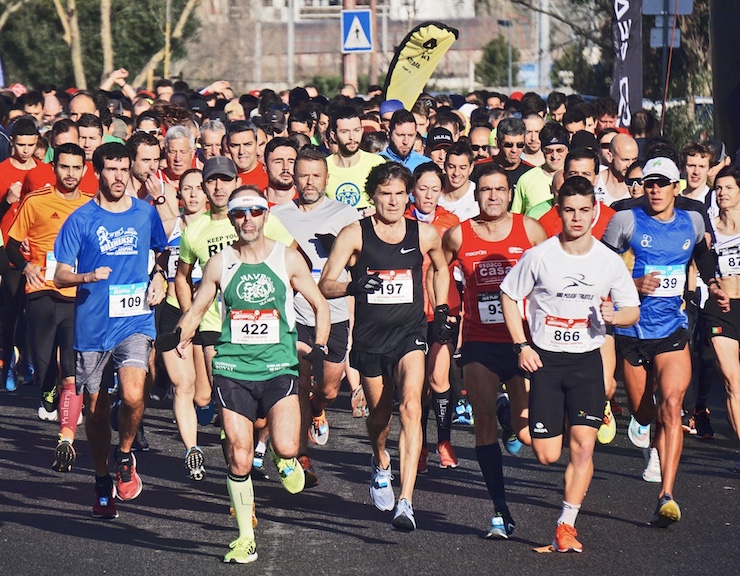
Most states and localities have laws in place that prohibit drone flights over government buildings and local parks as well as public gatherings. Even North Carolina – a state where drone flying is actively encouraged – has maintained such prohibitions. Governments are understandably concerned about the physical threat posed by drones as well potential invasions of privacy. But demands are growing from some citizens that want to utilize drones to document their public activities with dazzling video footage that only an unmanned aerial aircraft can provide.
Aaron Parnel, owner of Unmanned Aerial Ops in Hendersonville, North Carolina recently received an unusual request for his services from an affiliate of the Multiple Myeloma Research Foundation in nearby Charlotte. The Foundation raises money for research and public education on a form of cancer that like breast cancer affects millions of Americans. One way it does this is by sponsoring 5K marathon races, including a race in Charlotte scheduled for October 22 The local affiliate has documented those races in the past with myriad color photos. But this time it would be getting something new – a dazzling drone video.
Parnel’s company normally responds to aerial mapping requests from construction and landscaping companies that need accurate maps of their properties including the status of unused building and grading materials. Most recently, UAO was asked by a city to help uncover the existence of a lost town at the bottom of a lake. The city had deployed sonar but had come up empty. Parnell obtained an underwater drone with advanced sensor capabilities to probe deeper into the water – and the unprecedented operation was a success.
But filming a 5K race? Technically, it was a snap, but as a public gathering – albeit a mobile one – it raised some new issues. Did UAO have the legal right not only to fly over the race but also to film the participants. If so, who could grant the company the permission to conduct the operation? Did each of the event’s participants have to approve being filmed and potentially have their identity revealed, or could the Foundation, as the event sponsor, grant UAO its own blanket approval?
Parnell’s firm managed the challenge expertly. He designed the drone flyovers in such a way that any intrusion with the runners was avoided. The FAA has stated that drone flights above people on the ground should be high-altitude and avoid what it now calls “trespass nuisance.” As a rule, no drone should hover close to humans on the ground – certainly not without their express permission. Parnell also made sure that his drone didn’t actually fly over the runners but filmed from a side angle which minimized the possible risk to the runners from an unexpected drone crash.
Another issue was the location of the race – which included a run through a “greenway” – or parkland. North Carolina, like most locales, prohibits drone flyovers in state and local parks. Parnell simply filmed the runners on their way into the park and as they exited but with the park clearly in view and filmed from above in much of the footage.
It turns out that Parnell’s firm wasn’t formally contracted to provide drone coverage of the 5K race. On his own initiative – and at no extra cost – he decided to add the drone footage to his service contract that called for traditional ground photography of the event. The local race organizer was ecstatic when she received the firm’s video. Posted on the group’s website, and shared within its nationwide network, it could prove to be a valuable fundraising tool.
What’s the lesson? Creative and resourceful commercial drone operators can expand the reach and impact of aerial drone operations as new exigencies and opportunities arise. Some of these new opportunities involve nonprofits engaged in worthy causes – in this case, raising public awareness and funding for more medical research. Many local groups are unaware of the benefits that drones can provide them. Drone operators should reach out wherever possible. It’s good public relations, and the cost is minimal. And these small side innovations tend to have a ripple effect, inspiring others to follow suit.
